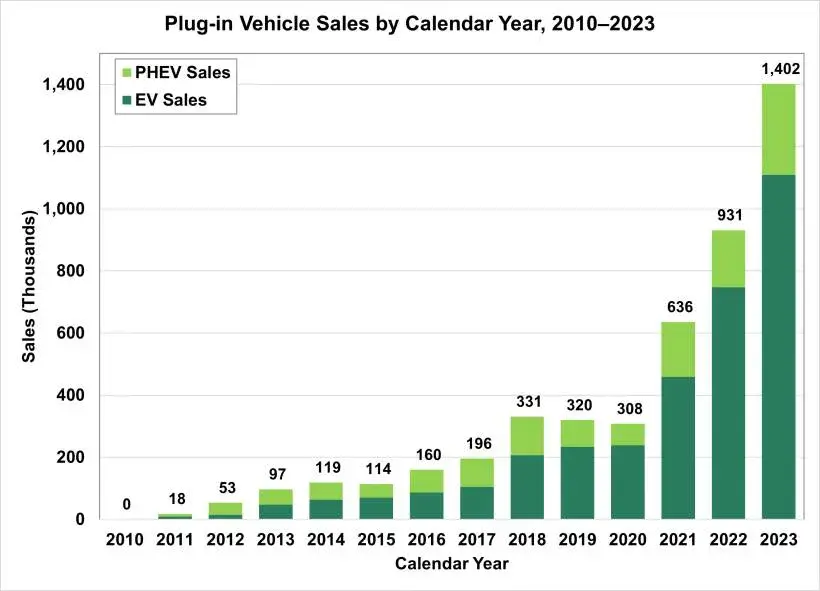- cross-posted to:
- worldnews@lemmit.online
- technology@lemmit.online
- cross-posted to:
- worldnews@lemmit.online
- technology@lemmit.online
Tesla profits fell 55% in the first quarter as a protracted EV price-cutting strategy cut into the automaker’s bottom line.



That’s mostly because used cars cost as much as new cars, and new cars were hard to come by thanks to chip shortages, so if you wanted a car you got what you could get. Everything sold during the pandemic.
It hasn’t slowed down in the slightest
It was boosted by pandemic, but the trend is still going strongly, so that argument doesn’t hold any water.
Well you said “during the pandemic”. That was the context for my response, I never said anything about after.
Your argument was that people bought anything that moved and that’s why hybrids got popular, which is plainly not supported by the data.
All the top tier manufacturers that went all in into EVs are reversing their stance and going full force in hybrid production. That started during the pandemic and continues to this day.
US only sales data
No, not at all. I said everything sold during the pandemic, and because that was evident to manufacturers, they started putting their limited chip supply towards things with higher profit margins, like luxury cars, PHEV’s and EV’s.
I’m really confused by the data you’re providing as evidence, as it seems to say the opposite of what you are trying to prove.
Year on year increase for both EV and PHEV with both a bigger market share and bigger slice for EV is what I see there. PHEV has been around 20% of the total (with some fluctuations) since the pre-pandemic boom.